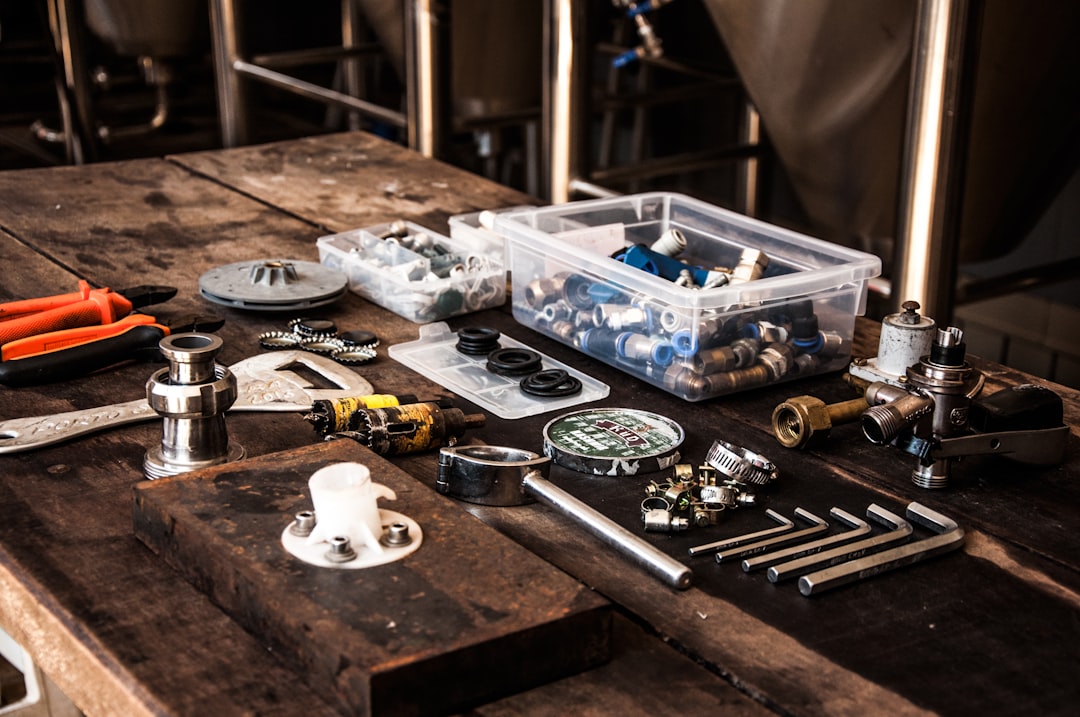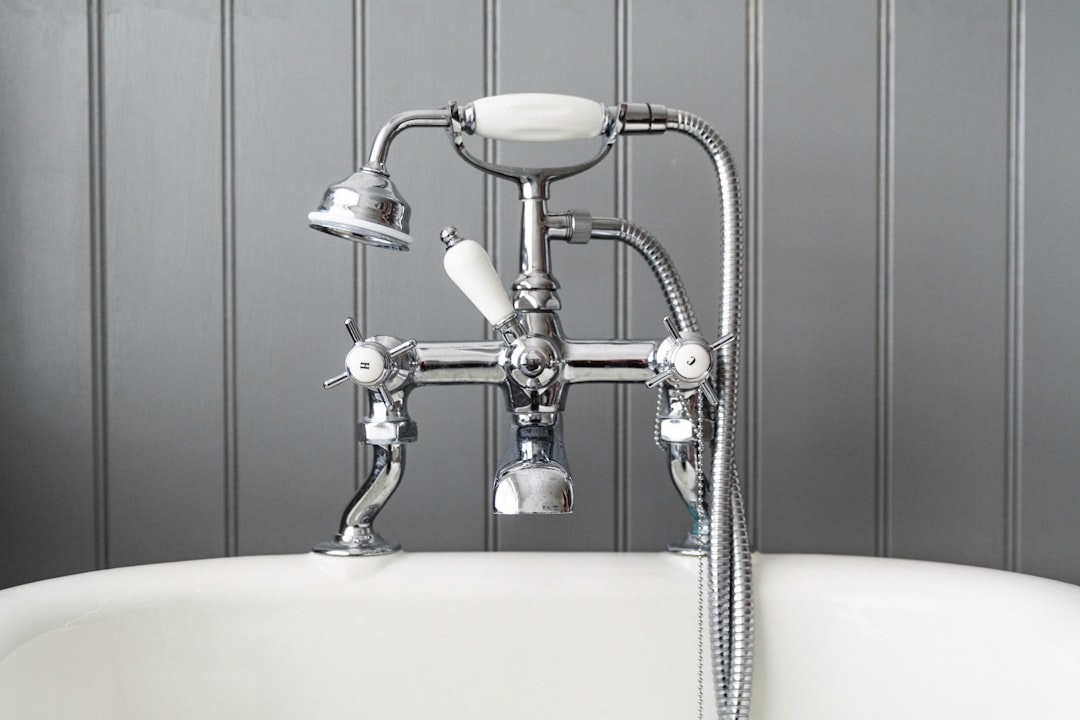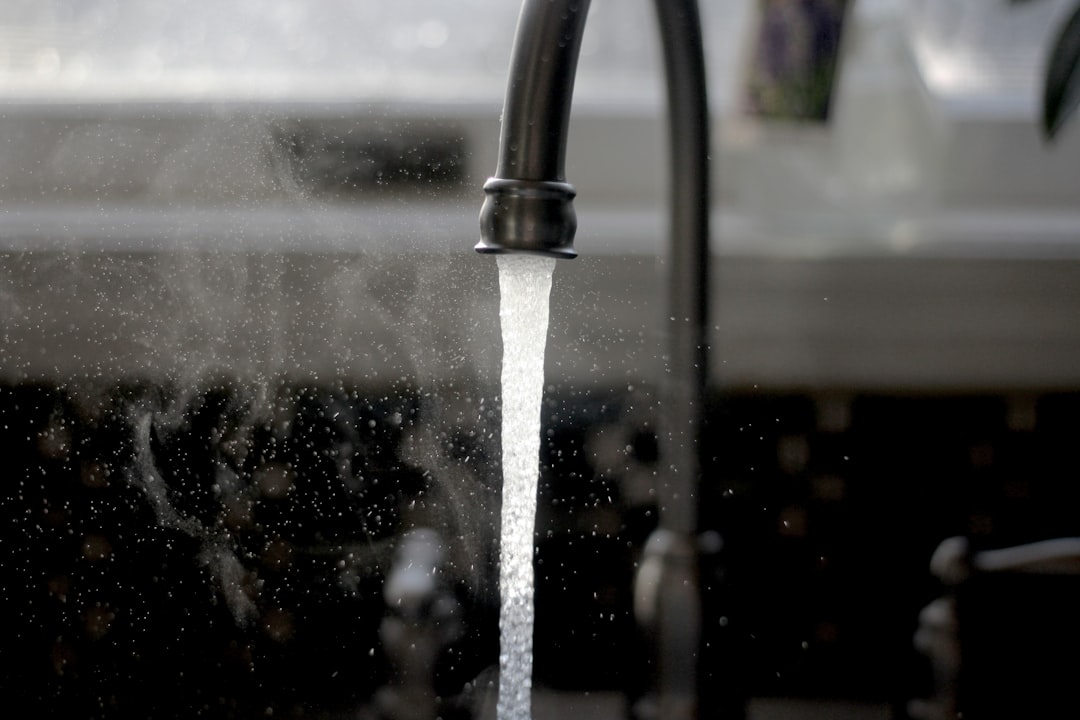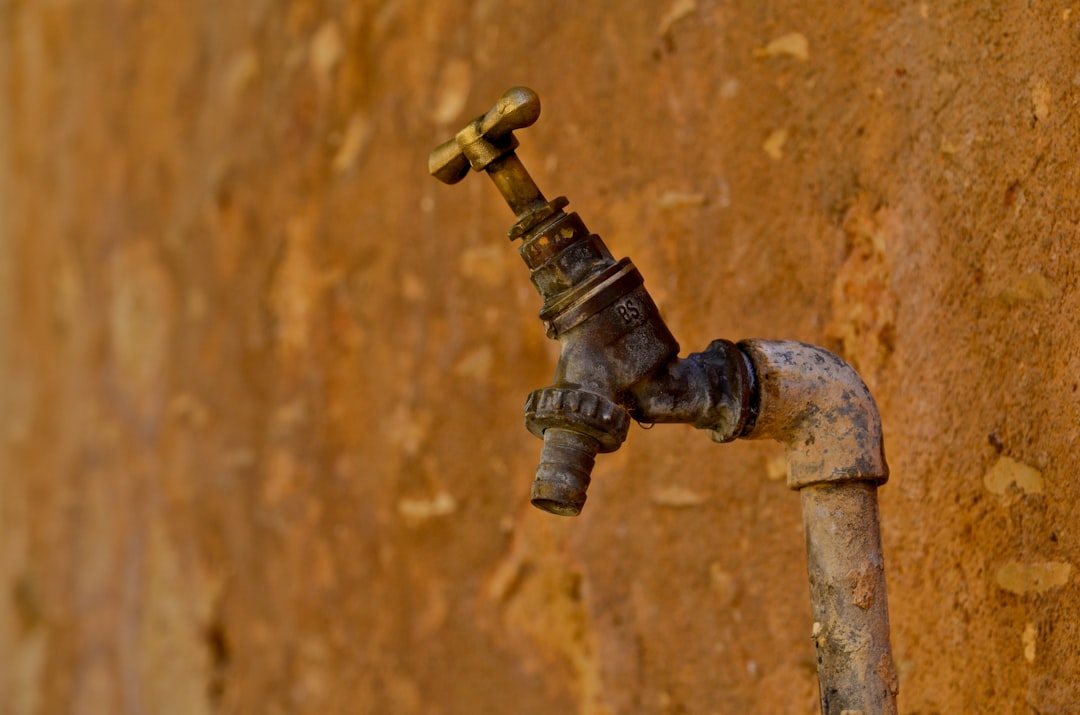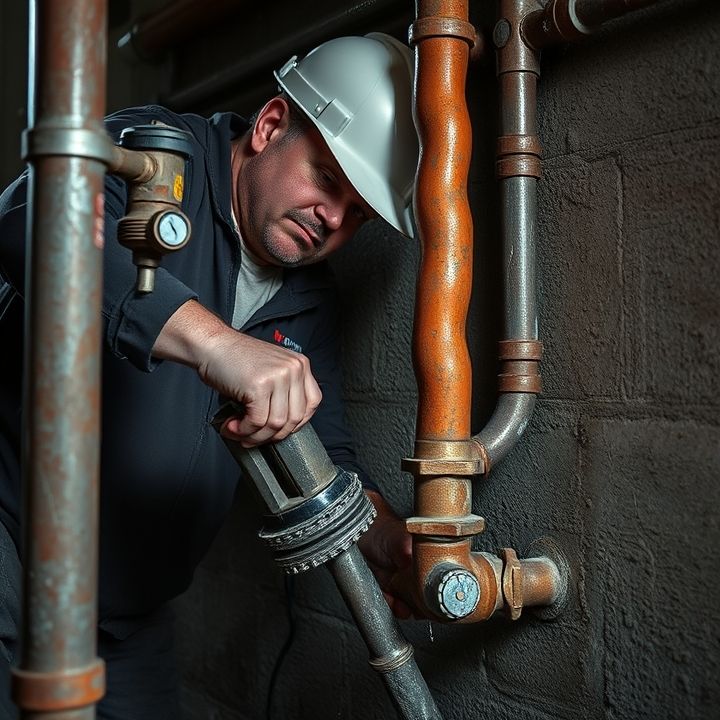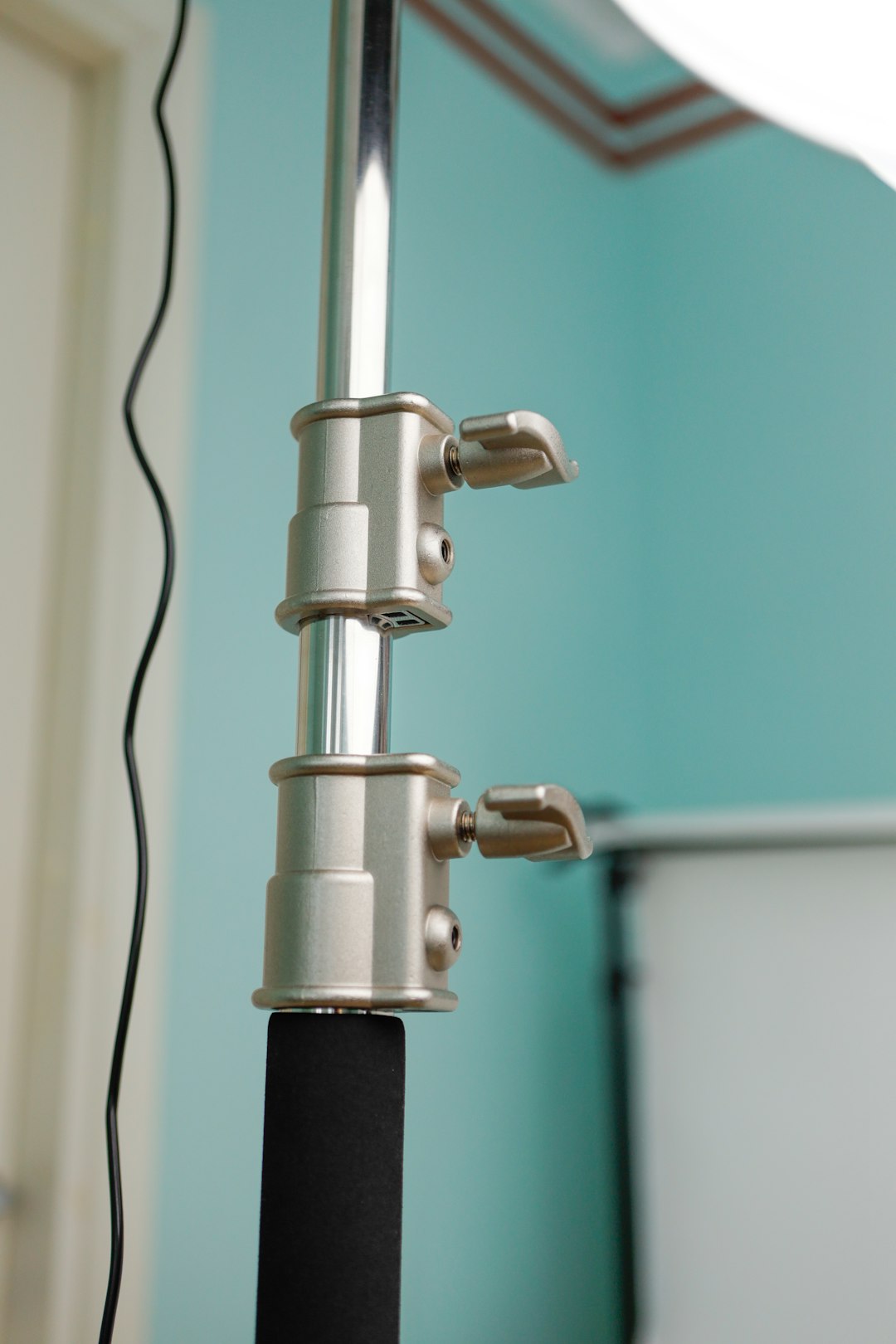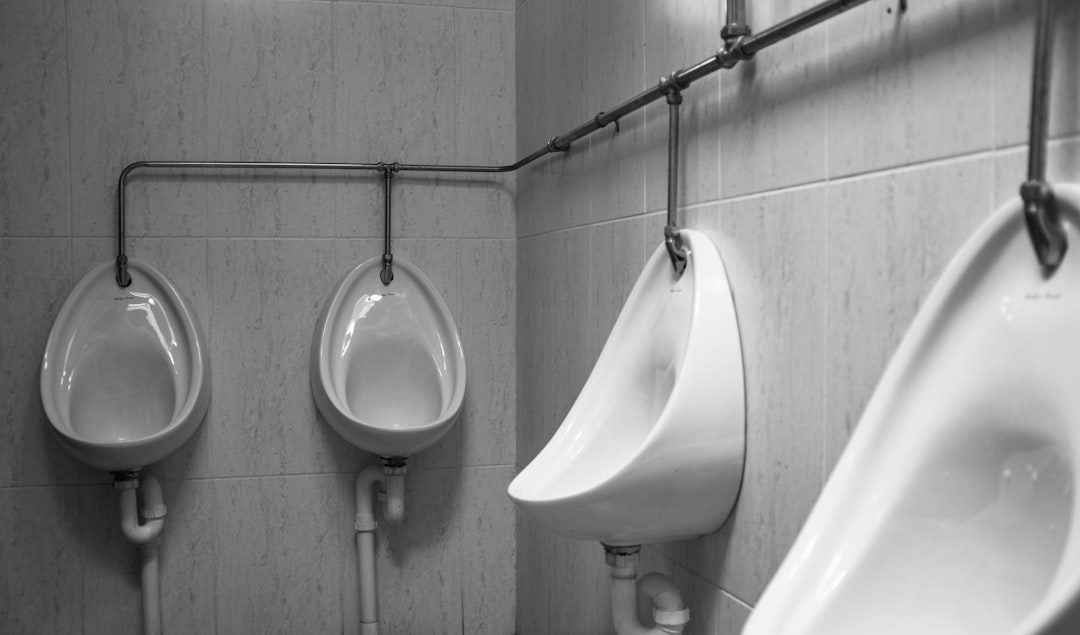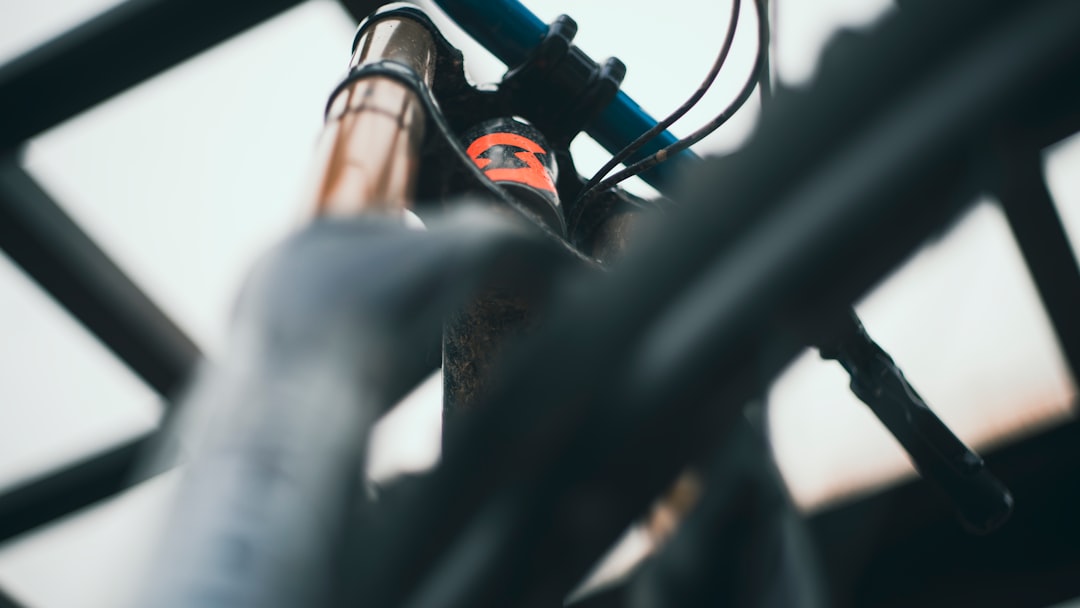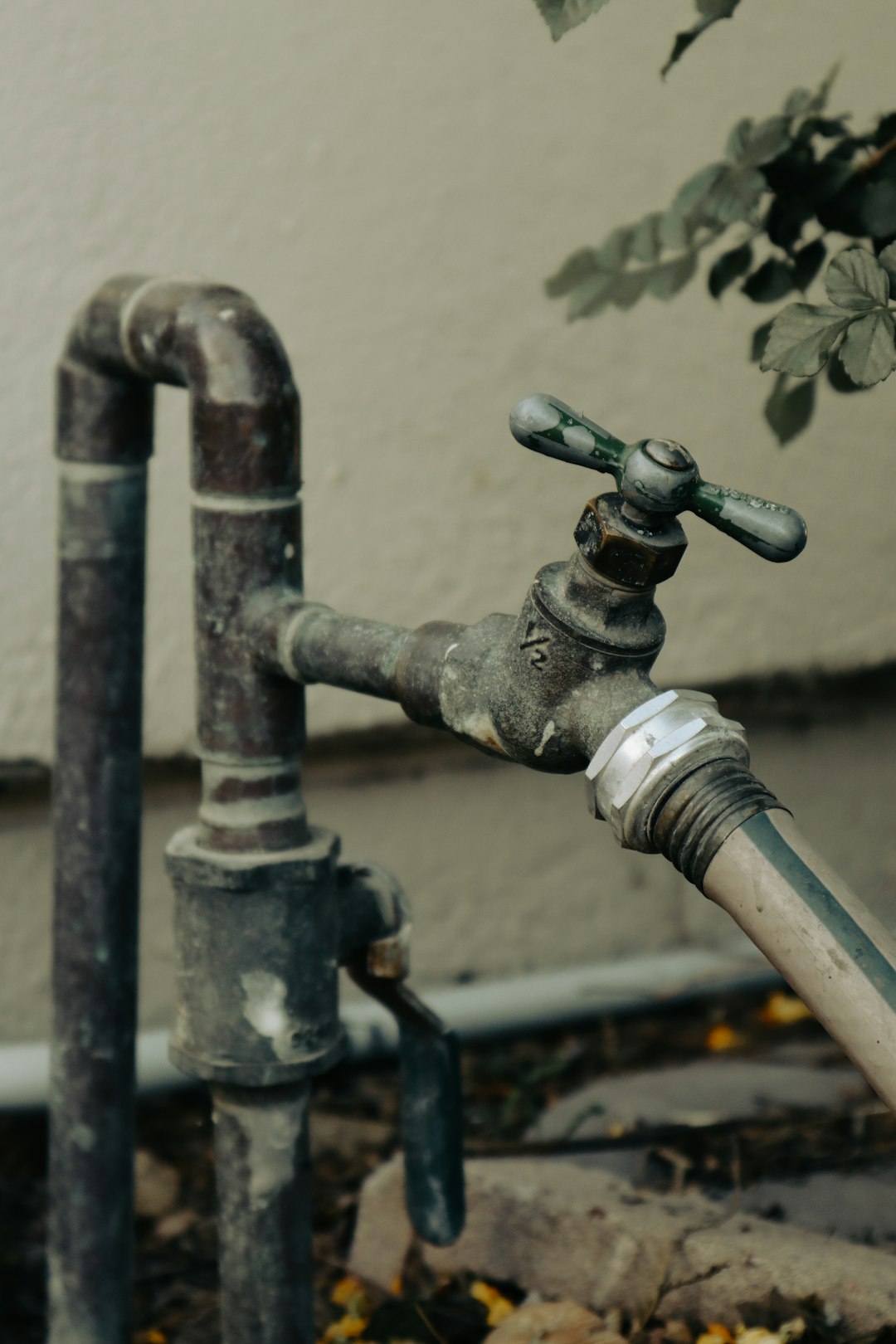Table of Contents
- Introduction
- Identifying the cause of low water pressure
- Inspecting plumbing fixtures for damage
- Checking for leaks in the plumbing system
- Assessing and repairing plumbing valves
- Cleaning or replacing clogged pipes and drains
- Performing plumbing drain cleaning methods
- Evaluating the water supply and pressure levels
- Implementing plumbing pipe replacement if necessary
- Conclusion
- Frequently Asked Questions
Introduction
Water pressure is an unseen force that shapes our daily experiences at home. From washing dishes to enjoying a refreshing shower, we often take this essential utility for granted—until it falters. Suddenly, the gentle flow becomes a frustrating trickle, leaving us wondering what went wrong. Low water pressure can stem from a variety of issues, and navigating the intricate maze of plumbing can be daunting.
In this article, we aim to demystify the challenges of low water pressure and explore the crucial role plumbers play in restoring the flow we depend on. With expertise and specialized tools, these unsung heroes tackle everything from hidden leaks to clogged pipes, ensuring our homes run smoothly. Are you ready to unlock the secrets of your pipes and reclaim your water pressure? Join us as we journey into the world of plumbing solutions and discover how skilled plumbers fix these pesky problems, bringing balance back to our home environments.
Identifying the cause of low water pressure
Identifying the cause of low water pressure is the first step plumbers take when addressing this common issue. There are several potential reasons for reduced water pressure in a home, and understanding these can help pinpoint the exact problem.
One common cause is a leak in the plumbing system, which can occur in visible pipes or hidden areas within walls or underground. Even a small leak can significantly affect water pressure.
Another potential issue is the accumulation of mineral deposits or sediment within pipes, especially in older plumbing systems. These blockages can occur in faucets, showerheads, or the main supply line, restricting water flow.
Certain plumbing fixtures may also contribute to low water pressure. For instance, fixtures designed to conserve water may restrict flow, leading to a perception of low pressure.
Lastly, municipal supply problems or temporary issues with water supply systems can also cause fluctuations in water pressure. By systematically evaluating these factors, plumbers can diagnose and remedy low water pressure effectively.
Inspecting plumbing fixtures for damage
Inspecting plumbing fixtures for damage is a crucial step in diagnosing low water pressure issues. Homeowners should begin by examining faucets and showerheads for any visible signs of wear, such as cracks or mineral buildup. These issues can restrict water flow and contribute to low pressure.
Additionally, checking the aerators and shower filters is important, as clogs in these components can significantly affect water flow. Removing and cleaning them can often restore proper pressure.
Next, inspect the plumbing pipes leading to the fixtures. Look for any leaks, corrosion, or kinks that may impede water flow. Damaged pipes can be a source of low pressure and need immediate attention.
It’s also advisable to check the water supply valve to ensure it is fully open. Sometimes, simple adjustments can remedy low water pressure problems.
By meticulously inspecting each fixture and the surrounding infrastructure, homeowners can detect issues early and take the necessary steps to restore adequate water pressure.
Checking for leaks in the plumbing system
Checking for leaks in the plumbing system is a crucial step in diagnosing low water pressure issues. Leaks not only waste water but can also lead to significant damage if left unchecked. To begin, visually inspect exposed pipes for any signs of moisture, discoloration, or corrosion. Pay close attention to joints and connections, as these are common areas for leaks to develop.
Another effective method is to listen for hissing or dripping sounds, which can indicate a leak. Additionally, check water fixtures such as faucets and toilets, as these can often be sources of hidden leaks.
To further pinpoint leaks, you can conduct a water meter test. First, ensure no water is being used in the house for a few hours, then check the water meter reading. If the meter has moved, it likely indicates a leak somewhere in the system.
Regularly checking for leaks and addressing any issues promptly can help maintain optimal water pressure and extend the lifespan of the plumbing system.
Assessing and repairing plumbing valves
Assessing and repairing plumbing valves is a crucial step in addressing low water pressure issues. Valves regulate the flow of water through the plumbing system, and if they malfunction, they can restrict water flow, leading to decreased pressure. To begin the assessment, the plumber will inspect the main shut-off valve to ensure it is fully open. Sometimes, corrosion or debris can cause the valve to partially close, impacting water pressure.
Next, the plumber may check pressure-reducing valves, which control the pressure of water entering the system. If these valves are set too low or damaged, they may need adjustment or replacement. Additionally, the plumber will examine any inline valves or isolation valves that may be partially closed or obstructed.
If a valve is found to be faulty, the plumber will typically shut off the water supply, remove the valve, and replace it with a new one of appropriate size and type. Once repairs are complete, the system is tested to ensure that normal water pressure is restored, allowing for efficient water flow throughout the home.
Cleaning or replacing clogged pipes and drains
Clogged pipes and drains are a common issue that can significantly affect water pressure and flow. Plumbers typically begin by diagnosing the problem, which may involve using specialized cameras to inspect the interior of pipes for blockages. Once the cause of the clog is identified, the plumber can decide whether to clean or replace the affected pipes or drains.
Cleaning methods often include hydro jetting, which uses high-pressure water to clear away debris, or using drain snakes to physically remove blockages. Chemical cleaners can also be employed, but they should be used cautiously to avoid pipe damage.
If the pipes are severely corroded or damaged, replacing them may be the best option. This can involve excavating areas of the plumbing system and installing new pipes to ensure proper water flow. Maintaining clean and functional pipes is essential for preventing low water pressure, and regular inspections can help catch issues before they escalate, allowing for timely repairs or replacements.
Performing plumbing drain cleaning methods
Performing plumbing drain cleaning methods is essential for maintaining healthy plumbing systems and ensuring free-flowing water in your home. One common method is using a plunger, which creates a vacuum effect to dislodge clogs.
Another effective technique is the use of a plumber’s snake, a flexible tool that reaches deep into pipes to break up stubborn blockages.
For minor clogs, a mixture of baking soda and vinegar can serve as a natural alternative to chemical cleaners, effectively breaking down buildup with a fizzing reaction.
In more serious cases, hydro jetting may be employed, which utilizes high-pressure water jets to thoroughly clear debris from the pipes.
It is also important to regularly inspect and clean drains to prevent future issues, which can include removing hair, grease, and other debris that often accumulate over time.
Utilizing these methods helps not only to clear existing clogs but also to maintain optimal drainage and prevent future plumbing issues, making it an essential aspect of home maintenance.
Evaluating the water supply and pressure levels
Evaluating the water supply and pressure levels is a crucial first step for plumbers addressing low water pressure issues.
To begin, plumbers often check the main water supply line to ensure that it is fully open and not obstructed.
This can include inspecting valves and connections for any signs of corrosion or wear that might restrict flow.
Next, measuring the water pressure at various points in the plumbing system helps identify if the issue is localized or widespread.
Plumbers typically use a pressure gauge to get accurate readings, which can highlight whether there are underlying issues to be addressed, such as leaks or malfunctioning fixtures.
It is also essential to assess the water supply’s origin, whether it comes from a municipal source or a private well, as both can have different factors affecting pressure levels.
Seasonal changes or increased demand can also impact water pressure, so understanding these variables is vital for effective troubleshooting and subsequent repairs.
Implementing plumbing pipe replacement if necessary
If low water pressure persists after troubleshooting common issues such as clogged faucets or aerators, then it may be necessary to consider plumbing pipe replacement. This process begins with a thorough assessment of the existing piping system to identify any sections that may be damaged, corroded, or too narrow to facilitate adequate water flow.
Often, older homes may have outdated metal pipes that deteriorate over time, leading to reduced pressure. In such cases, replacing these with modern, durable materials like PVC or PEX can significantly enhance water flow.
The plumber will typically start by shutting off the main water supply, draining the system, and removing the affected sections of pipe. New piping is installed with precise measurements to ensure optimal flow and pressure. Additionally, connecting new pipes properly to existing fixtures and ensuring there are no leaks is crucial for the system’s efficiency.
Throughout this process, it is essential to adhere to local plumbing codes and regulations, as this guarantees the safety and reliability of the plumbing system.
Conclusion
In conclusion, addressing low water pressure issues is crucial for maintaining a comfortable and functional home. By understanding the various causes, such as leaks, clogs, and plumbing fixture issues, homeowners can take proactive measures to ensure an efficient water supply. Regular inspections and timely repairs can prevent small problems from escalating, saving both money and hassle in the long run. If you’ve tried troubleshooting without success, or if the issues seem too complex, don’t hesitate to reach out for professional help. Our expert plumbers are equipped with the skills and tools necessary to diagnose and resolve low water pressure effectively. Call us today at 573-555-2121 to schedule your plumbing assistance and restore the flow in your home!
